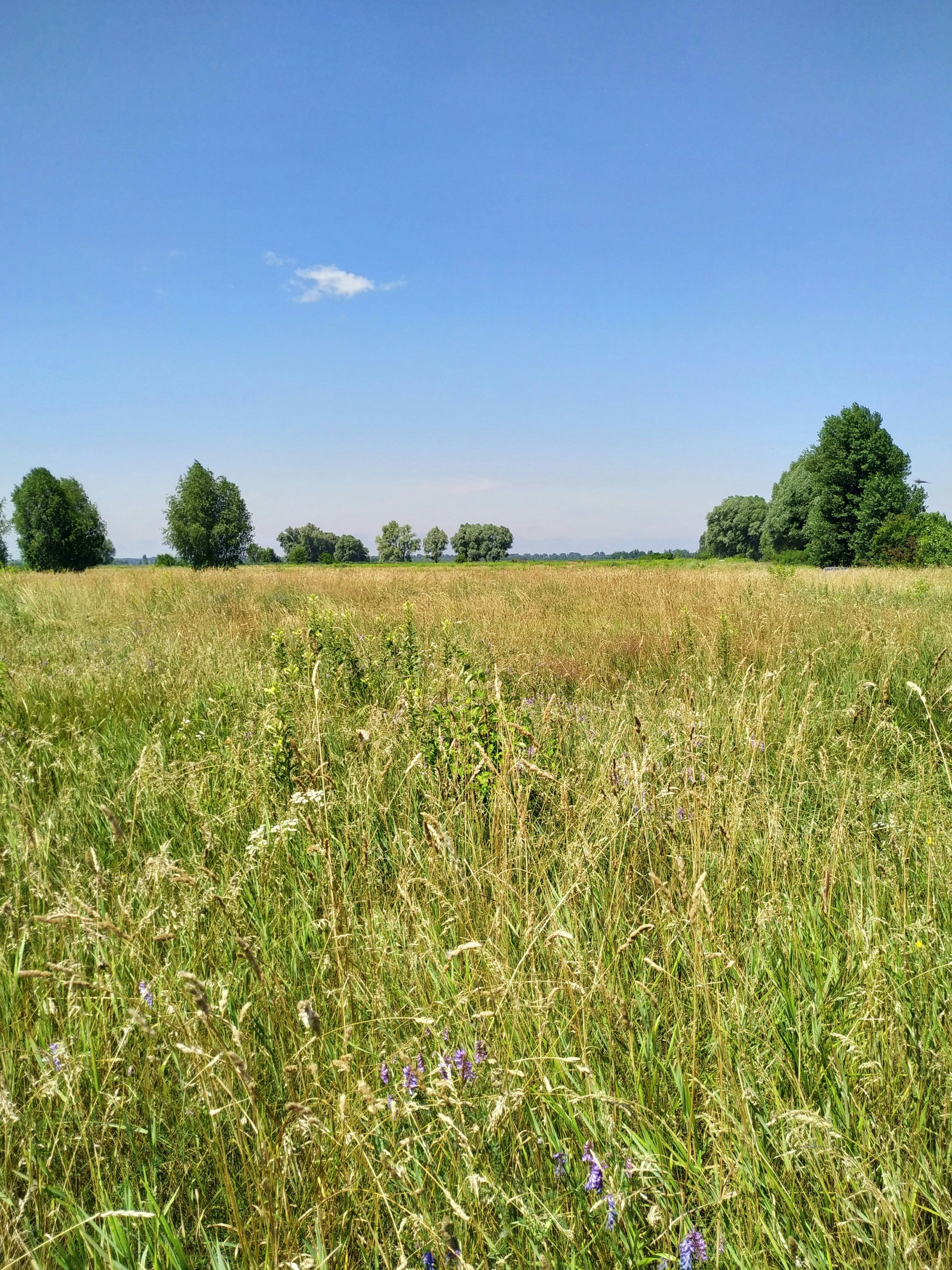Now that Spring has emerged in all her fineness—blossoms everywhere, grasses growing, and more time spent outside—you may be asking this question: Why am I allergic to everything? Where does all this congestion come from? What can I do to become more resilient with constant exposure to pollen and grasses? Here’s a common story that I hear in my office:
“I go outside to enjoy some fresh air and sunshine to increase my resilience. Instead, I have an allergy attack that lasts for weeks! First the itching and burning eyes, coughing, sinus pressure and headaches, wheezing and gagging, and constant nose blowing. I rely on over-the-counter symptom relievers to dry up the “snot,” but then I end up with a sinus infection, a round of antibiotics, and now I’m back at square one trying to get my gut healthy again. It’s so frustrating!”
To avoid a sinus infection, don’t dry up the snot! It is high in sulfur, which is a great purifier. Increase Vitamin C intake and try these Elderberry Gummies. As annoying as they can be, allergic responses are a part of your amazing immune system! Allergies are NOT a disease! They are a normal inflammatory response from the immune system—a large network of organs, white blood cells, proteins, enzymes, and chemicals that work in harmony to protect you from hostile invaders. It also helps you heal from illness and injuries and protects you from cancer. This system has several modes, one of which is “attack mode” where inflammation occurs. This inflammatory response is what you are describing as “allergy symptoms.” We don’t always react to every allergen we are exposed to. If we did, we would be sick all the time! Allergens don’t make us automatically sick, but when our immune system is compromised by nutrient deficiency or toxic overload, our bodies go into “fight or flight” mode—a stress state where we find ourselves “allergic to everything.” My favorite way to increase resilience to stress is here: Stress MAXX!
A happy and healthy immune system is one that adequately protects the body from invasion, accurately detects what is self and what is foreign, powerfully attacks harmful microbes, killing them off and sending them to the lymphatic stream for disposal, intelligently learns new pathogens as exposure occurs, and systematically cleans up rogue or abnormal cells to prevent their rapid growth and spread. But what if your immune system has gone rogue? What if you are “allergic to everything?” How can you treat the underlying causes of a hyper allergic response? How can you live with the everyday discomfort of allergy symptoms while you work on the underlying causes? Some of my favorites products include Immune Defense, Kid's Immune Gummies, Turmeric, and Apple Cider Vinegar Gummies.
Let’s talk about Histamine. Friend? Foe? Or Frenemy? Histamine is a chemical messenger in the body that has several jobs. When the body perceives an allergen like dust or pollen, white blood cells release histamine. This causes the blood vessels to widen and leak, leading to inflammation. This inflammation manifests as runny nose, sneezing, and itching. Too much histamine makes us feel “hot and bothered.” This is why antihistamines can make us feel drowsy. Histamine is found in all bodily tissues, but primarily in the lungs, basophils, and mast cells. Mast cells can be your best friend, but the hyper-stimulation of mast cells that happens in the allergic response puts it in the “enemy” column. All in all, mast cell activation (the histamine response) is a “frenemy.” Good when it comes to protecting us, but problematic when it comes to overstimulation or making us “allergic to everything.”
If you have allergy symptoms, Choline (a B vitamin that works as a known methyl donor) may help. Make sure that your vitamin D and folate (B9) levels are optimal, by eating chicken or beef liver and leafy greens. Sun exposure will help with vitamin D levels. If you do take vitamin D, remember to add K2 with it for maximum absorption. Vitamin C is solely responsible for reducing the amount of histamine levels in your body. Higher intake of liposomal vitamin C will lead to less histamine in a matter of days. Keep increasing the level of vitamin C until your stools get loose or you see a tiny bit of blood when you blow your nose. This is the maximum absorption level. Back down on the amount just a bit and you have found your sweet spot. Magnesium should also be increased to help alleviate symptoms. Finally, if you struggle with an overabundance of histamine, consider a low-histamine diet which avoids these foods: fermented foods, wine, aged cheese, cured meats, alcohol, avocado, canned foods, chocolate, black tea, eggs, mustard, nuts, soy, spinach, strawberries, and tomato.

